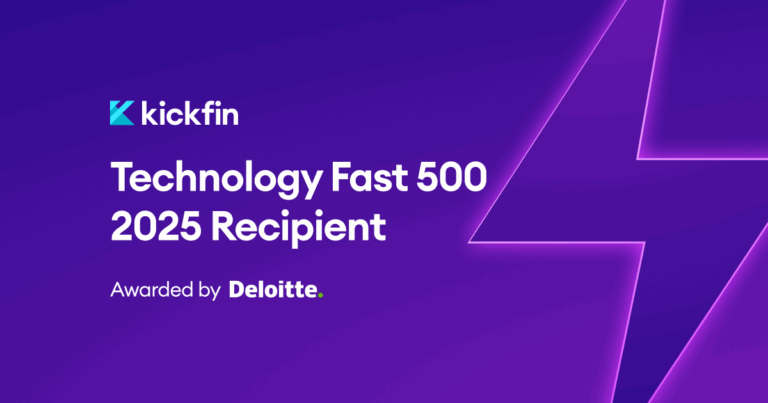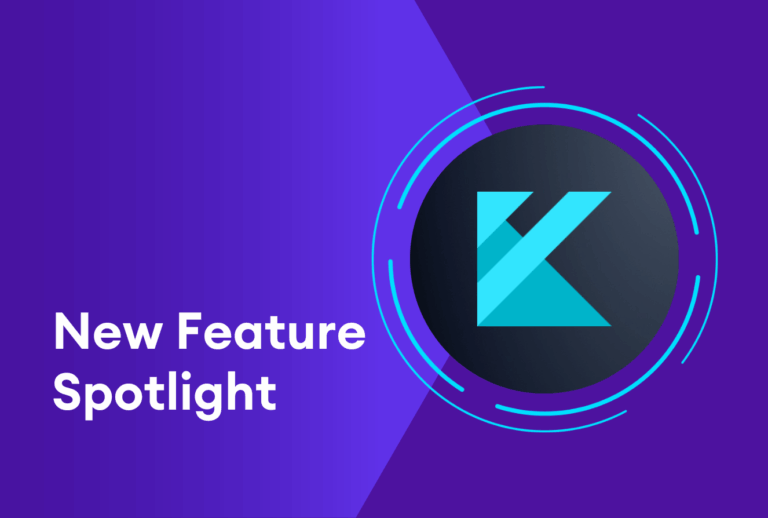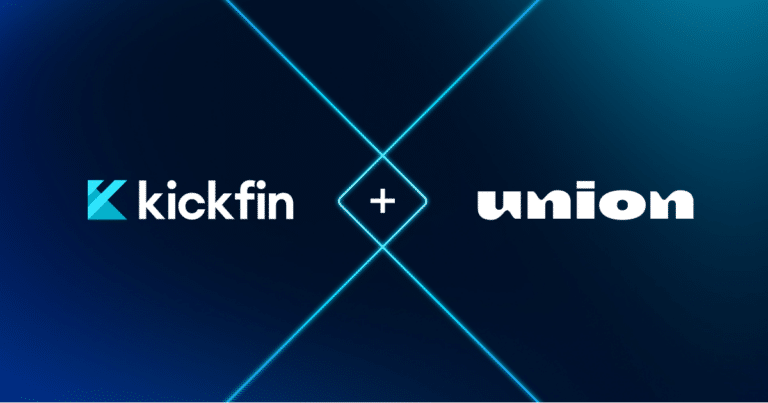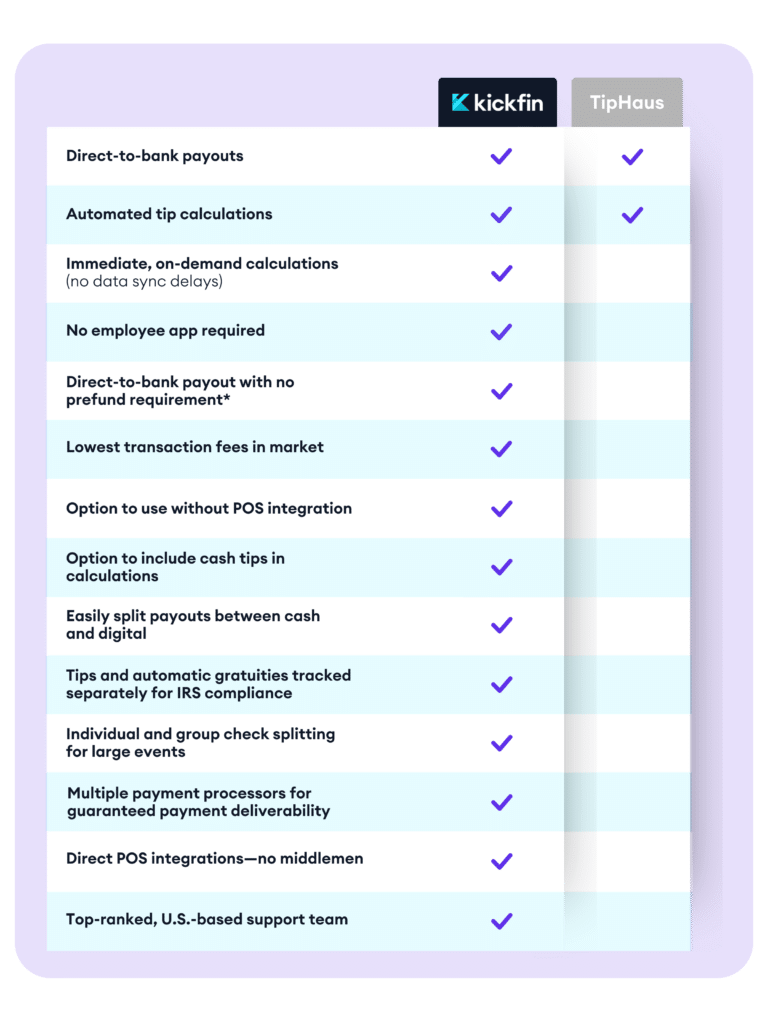How can tech work within an employee-first restaurant culture? Ask Wil Brawley.
As co-owner and co-founder of Schedulefly, a simple scheduling and communications tool for restaurants, Wil Brawley recognizes the value tech can deliver to restaurants. If you’re not familiar, here’s a quick overview of his platform:
Through his Restaurant Owners Uncorked podcast, Wil keeps his finger on the pulse of the restaurant industry, and he’s keenly aware of how tech can both improve and disrupt the employee experience. We sat down with Wil for some real talk on the upsides and downsides of restaurant tech and how restaurant owners can innovate without taking away from an authentic, human-centered culture.
How important is the employee culture at a restaurant? Can it affect sales and daily operations?
I’ve done over 450 episodes of our podcast, Restaurant Owners Uncorked, and worked on two books featuring successful restaurant owners, so I’ve probably interviewed close to a thousand restaurant owners in the past 15 years.
If there’s one common thread across all those with long-lasting success, it’s culture. That culture might vary from place to place, but it is always centered on caring deeply about the people that work in your restaurants. The employees tend to come first, creating a culture that’s about nurturing and loving the people that work in the restaurant.
When your employees are well taken care of, they treat their customers well too, and then the investors do well, too. That’s been my observation.
How do you define a positive employee culture? What are the steps owners need to take to create that culture?
For a long time, restaurant culture has been: “If you aren’t willing to work seven days in a row, then we don’t want you here. We want people that are going to show up and bust their ass.” And that’s changed for the better, for everybody. It’s leading to less burnout. It’s leading to less negative behavior outside of work. Substance abuse has been a big issue, and the industry is going through a conversation about mental health and substance abuse.
Yesterday, I interviewed someone for the podcast who started her first restaurant in Denver a couple of years ago. She’s worked in restaurants for 15 years and has worked in places where she actually worked 13 days in a row. Obviously that restaurant doesn’t have a great culture. You’d never have somebody work 13 days in a row if your employees came first.
She learned from that, and now at her own restaurant, she never schedules anyone for more than four days in a week because she cares very deeply about the mental health and the well-being and the work-life balance of her employees. She knows that if she gives them what they need, then everything else is going to fall into place.

“When you’re on day 12 of 13 days in a row, are you going to represent that restaurant and that brand well? Of course you’re not. On the flip side, an employee who feels their needs are being met and their work-life balance is respected will actually enjoy what they do and pass on that good, memorable experience to customers.”
With happy customers returning to the restaurant for reliably excellent service, the restaurant thrives and therefore so do owners and investors.
How can tech be a positive part of your culture? And how can it cause tension?
It’s quite a balance. There are 300+ restaurant tech companies out there right now, Schedulefly being one of them. People who use our platform tend to manage their folks and their behavior more through engagement and culture than by leaning on technology. What you’re really looking for is technology that will improve on the culture, not enforce it.
Here’s a specific example. When you schedule someone for 10 am, they’re supposed to be there at 10 am, but you start seeing people clocking in five or 10 minutes early — which costs you money. You’ve created this schedule with a specific budget in mind, and when multiple people add just a few extra minutes a day, it runs through your budget much faster than you planned.
You have two options to deal with the problem. One is to simply implement tech that systematically prevents people from clocking in early. The other, which I recommend, is building a culture where you can communicate openly with employees. You set the expectation, explain why it’s important, and create trust that everyone will do their part.

“There’s nothing wrong with using tech, but it creates a different type of culture where you expect tools to influence behavior versus communication. “
You run into similar situations with Schedulefly. If someone offers up a shift and another employee wants it, the manager has to make a decision: is that the right person to pick up that shift?
If it’s not the right person, they’re not going to allow that trade, and then they’ll need to talk to the person to say, “I appreciate that you’re trying to pick up this shift. This is a prime shift and we need one of our veteran servers to pick that shift up. You aren’t quite ready to handle that yet.” It creates an opportunity for engagement. Again, that’s part of a culture of engagement and trust.
Yeah, it’s easier to use technology than to have these interactions, but to have a robust, thriving, healthy culture, you have to communicate. We really encourage people to use technology where it helps, but it can’t replace engagement and human interaction.
Do you find that it’s harder to build this culture in larger chain restaurants?
Communication isn’t just for smaller restaurants with only one or two locations. Some people believe that as you grow, you have to become more “corporate” and use lots of technology, but you find that the culture becomes less friendly, less human-oriented. People who loved working there when it was fun and authentic will probably leave for the place down the street that can provide that.
Big Red F in Boulder, Colorado has 800 employees across over 16 locations, and to this day, culture is king there. They really figured out culture at scale, so it’s definitely possible. They’ve been a customer of ours for 14 of our 16 years at Schedulefly, so I’ve studied them for a long time. They certainly have one of the best cultures I’ve come across. It’s been interesting to see them grow this much without losing their truly authentic, employee-focused culture.
What should restaurant owners take into consideration when exploring new technology options?
Some people want a comprehensive, one-size-fits-all solution that manages everything, and there’s certainly a place for that, but I think sometimes you wind up spending as much time managing the technology as you are managing your people. And that’s just a question you have to ask: Which is more important?
You definitely want to consider implementation. Is this something that takes a lot of training and focus, or is it easy-to-use, point-and-click to get started?
Support is another big one that I think may get overlooked sometimes. This tech company may have a great slick software, but do they have great support to back it up? Because your employees have questions, and you’re going to have questions.There will always be problems, like small glitches, so you should find out if the tech company you’re interested in is known for outstanding customer service.
Finally, you need to marry the need with the priority and timing. We see people sign up for a 30-day free trial of Schedulefly, never use it, and then start the trial again six months later — only to not use it again. Eventually, they do implement and move forward. Talking to people over the years about this, I found that it’s a matter of just prioritizing. Running a restaurant, you’ve always got a long list of things you have to manage, so you have to be able to prioritize and hit the most important one first. So, be realistic about your own time management and top priorities before trying to implement new tech.
Any final words of wisdom for restaurant owners making decisions about their tech stack?
With 300+ restaurant tech platforms out there right now, every one of them is hoping to earn your business. It must be overwhelming to sift through all that noise to find the tools that you need.
Start with a focus on employees and trying to give them what they need and deserve to be successful — and again, you want to balance that with not bringing so many tools that there’s no engagement and management.
As you prioritize which problems you need to resolve within your business, I always encourage people to remember good old-fashioned word of mouth. Call people you know in the industry and find out what they’re using. Ask if it’s solving their problems and if it’s backed by phenomenal customer service.
And if you’re talking to a salesperson, ask them for a list of their customers in your area and start talking to them. That’s probably one of the most efficient ways to figure out what if a tool will be useful and will contribute to your success in the long run.
Learn more about Schedulefly or catch the latest episode of ROU.






